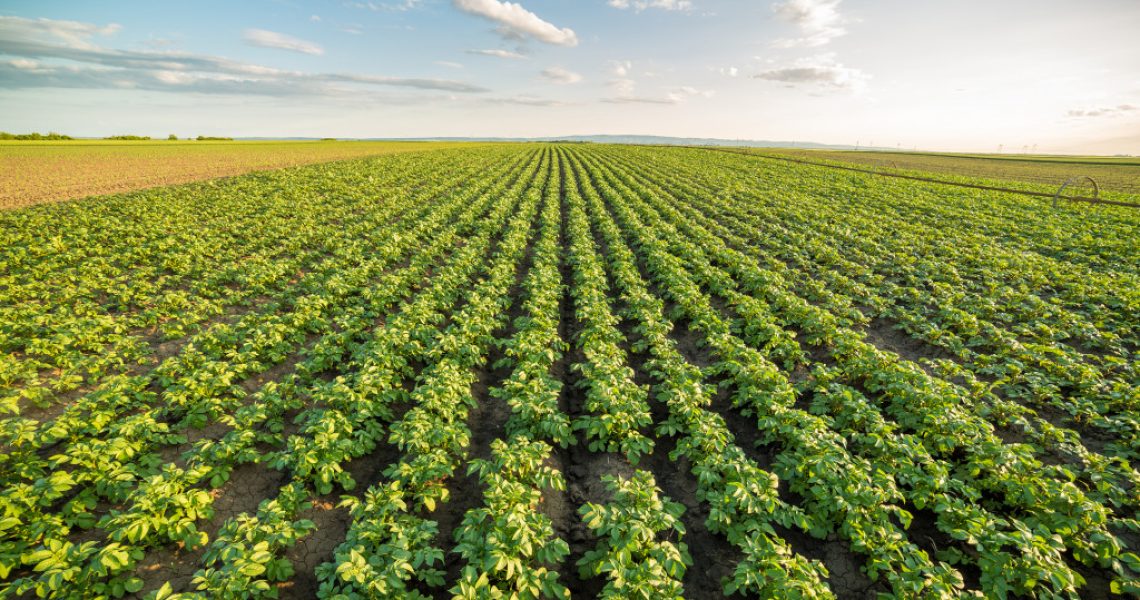The agricultural industry is taking “farm-to-table” to the next level. Imagine indoor gardening on steroids – peak performance at a consistent pace. Newer, alternative ways to grow food have been discovered with promising results. Where is the future of food going?
How Technology Is Addressing the Issues of Food Production
The biggest food-growing innovations are vertical greenhouses and smart systems used in traditional acre farming. These sustainable solutions came about to address mounting issues with food production. According to the Food and Agricultural Organization of the UN (FAO), food systems make up 30% of global energy use. The process of growing, distributing, consuming, and disposing of food further depletes the world’s resources.
The move to vertical gardening seeks to conserve precious real estate while smart systems aim to streamline farming practices. Technology is now being used to move away from using limited natural resources. There’s growing excitement in exploring new food production avenues like soil-less planting and automation to create a more sustainable yield.
One of the biggest advantages of developing sustainable farm tech is the best crops can be grown all year long – with minimal effort and resources.
Investments in Sustainable Food Production Are on a Roll, with No Signs of Stopping
Increased government research grants for food production and big business are betting on sustainable farming tech. The race is on to develop better food producers, digital systems, and AI:
– Government grants are boosting school programs to incubate “farmers of the future.” Hydroponic installations are now finding their way in schools to teach vertical farming concepts. Students learn about soil-less planting, along with technology that supports these self-sustaining feeding systems.
Some schools that use these vertical gardens even benefit by supplying their own cafeterias and their communities. These sustainable school programs also work to raise awareness about sustainable food production and how it can be scaled to meet the needs of growing cities.
– A big push towards digital farming systems is also on the rise. Smart systems will work to refine the detection of stressors down to each crop for better decision-making. Digital farms, or “smart farms,” will innovate farm management to make food production more efficient, with less carbon footprint.
Researchers and engineers are currently working with food producer groups to upskill them with more technological training. Future farmers will need to be well versed in studying algorithms for planting, setting up the best conditions, and harvesting.
– AI applications are going to play a big role in running farms seamlessly. From pollinating, seeding, and harvesting, the latest Agri tech is geared towards automation to increase productivity. Working beside digital systems, AI is the next step in “hands-free” farming. More smart farms in the future will have intuitive automation with the help of sensors, drones, robot harvesters, and tractors.
However, more research and funding are expected to be funneled into refining farm technology. This will also require more investments in renewable energy resources to sustain the next level of food production.

What This Means for Consumers and What They Can Expect from the Food-tech Industry
While there are huge profits in building large sustainable farms, some smaller startups plan to make food tech (technology for growing food) more accessible. Urban and indoor gardeners can now enjoy all the benefits of a high-tech eco garden on a smaller scale. There are options for small vegetable garden container systems and stylish plant systems that double as home decor. Soon, farm tech tools are going to be as common as smartphones.
Food tech businesses say they are always looking to improve the supply chain process. This includes optimizing daily operations and discovering new varieties of crops that they can offer to the public. Trend reports are now pointing to plant-based meat cultivation as the next big thing on the horizon.
At present, food tech companies are concentrating on sourcing and supplying more local areas to cut down on their environmental impact.
Some of the more ambitious applications are supplementing the global food supply to feed needy populations and converting unviable planting locales into thriving food spaces. As more investments are made in farming technology, expect food tech to be scaled and multiplied globally. This will also require more investments in renewable energy resources to sustain the next level of food production.
The next-generation sustainable food tech promises not only better-tasting food and more variety but a continuous supply of it. With a booming population and dwindling land resources, agriculture is banking on the latest sustainable farm tech to secure our food supply for the future.

